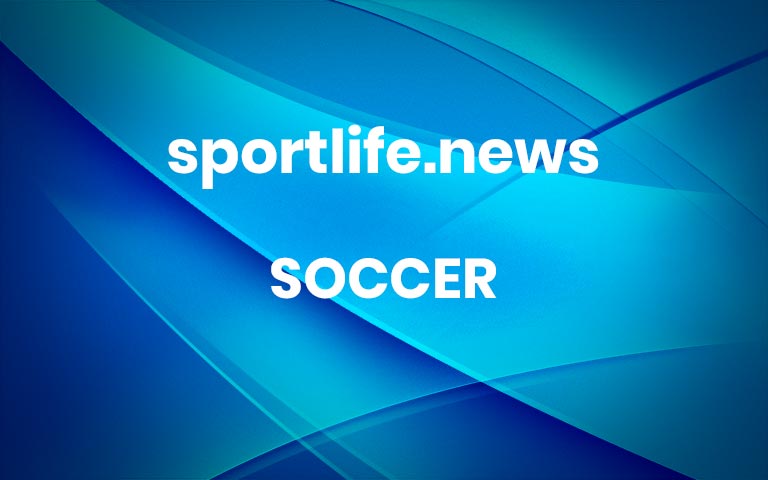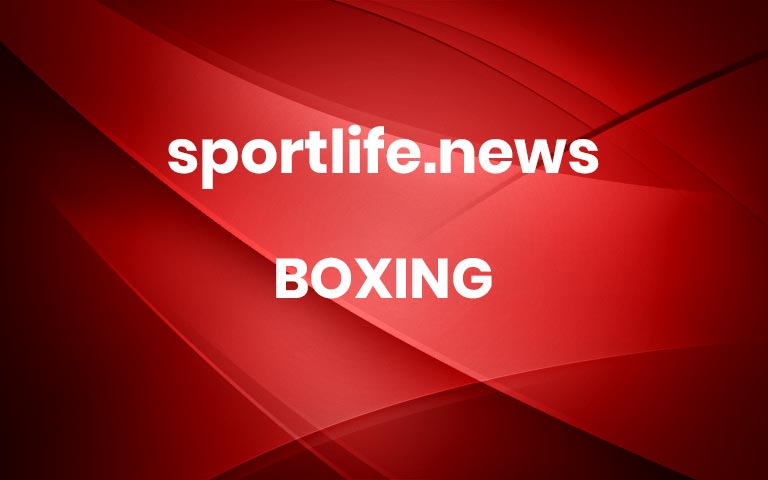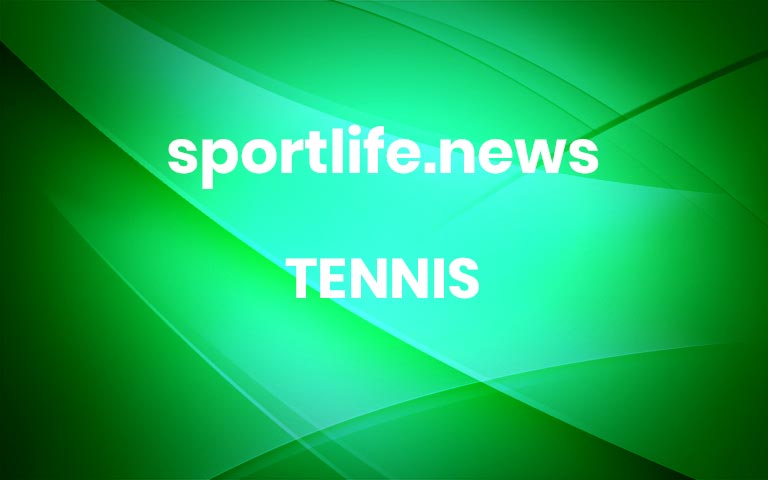Pilgrims have been coming to Switzerland’s Einsiedeln Abbey since shortly after St. Meinrad, the Martyr of Hospitality, retreated to the secluded “Dark Forest” in a valley between Lake Zurich and Lake Lucerne to establish a hermitage around 835.I visited the abbey in October 2019 at the start of an unusual pilgrimage: to travel in the footsteps of the Swiss tennis player Roger Federer. As Switzerland’s best-known pilgrimage site, it seemed like an auspicious place to start my journey. I had no idea that Mr. Federer had a connection to the place, but when I contacted the abbey to arrange my visit, the monks had a surprise for me. “Did you know our abbot is also named Federer?” asked Marc Dosch, the abbey’s lay representative. I had not. “Yes and he baptized Roger’s children.”Einsiedeln Abbey, in the Swiss village of Einsiedeln.Lauryn Ishak for The New York TimesThe Baroque interior of the abbey’s church.Lauryn Ishak for The New York TimesDestiny, indeed.I’ve been a tennis player since the late 1970s, but a knee surgery and a series of health problems have kept me off the court for several years. I was on the road to recovery and was hoping to make a comeback on hallowed ground: the courts where Mr. Federer had trained in Switzerland on his way to winning 20 majors and becoming one of the planet’s most beloved athletes.I’ve been a fan for more than 15 years, but my admiration reached new levels in 2017 when Mr. Federer won two majors at 35 after nearly every tennis writer had already written his tennis obituary. He could have quietly drifted off to the Alps to meditate while counting his Swiss francs, but instead he rededicated himself to the sport and turned the tables on his younger rivals.A knee injury forced Mr. Federer to take more than a year off the ATP Tour. But he returned to competition in Doha, Qatar, a few weeks ago, where he won one match and lost another. It wasn’t a dream return but it was a promising start, and I’m relieved that he appears to be healthy and motivated. Like all fans, I’m hopeful he will have more trophies to hoist — perhaps this summer at Wimbledon or at the Olympic Games.But I also live with the fear that he might retire soon, and so I felt a sense of urgency to make this journey before it was too late to see him play in person.‘We don’t revere people here’Little did I know back in October 2019 that my trip to Switzerland would be the last border I’d be crossing for a long time because of travel restrictions brought on by the coronavirus pandemic. The fact that I was able to walk in Mr. Federer’s footsteps, and sit in a packed arena with 10,000 unmasked fans and watch him play feels like a dream to me now.But as I prepared for my trip, I found myself having to reassure Swiss sources I wanted to meet that I wasn’t a crazed stalker who planned to rifle through Mr. Federer’s trash cans. I assured them that I’m just a normal guy who admires his graceful strokes, his sportsmanship and his willingness to shed tears on the court. I reckoned that traveling across seven cantons to the places where Mr. Federer has lived and played tennis before watching him at the Swiss Indoors in Basel, his hometown tennis tournament, would help me understand not just the man but also Switzerland, that prosperous, heartbreakingly beautiful but enigmatic, four-language outlier in the heart of Europe.Abbot Federer of Einsiedeln Abbey said his branch of the family tree intersected with Roger Federer’s in the 16th century.Lauryn Ishak for The New York TimesThe village of Einsiedeln.Lauryn Ishak for The New York TimesI contemplated my journey standing on a hilltop looking down at Einsiedeln, with its twin-spired, Baroque-style church and horses and mooing cows dotting the lush, green hills, before being welcomed by Abbot Federer, who greeted me like an old friend. “You know, before Roger became famous, I always used to have to spell my name,” he told me. “But now everyone knows the name Federer.”Abbot Federer said his branch of the family tree intersected with Mr. Federer’s in the 16th century, but he said that he didn’t discuss their shared ancestry or Mr. Federer’s attendance at Mass (none of his business, he said) with the Swiss star when he visited the abbey. Abbot Federer said the Swiss aren’t comfortable with hero worship. “Roger would be equivalent to something like the royal family in the U.K., but here in Switzerland, we’ve never had a super-famous star, so we don’t know how to treat him because we don’t revere people here,” he said.He was right — I had brought a Roger Federer hat with me, but stopped wearing it after realizing that no one else was wearing one. Just before he ducked into the cathedral to pray, Abbot Federer told me, “I really hope Djokovic doesn’t win any more titles. I don’t want him to catch Roger.”Berneck is a country town of some 4,000 people near the Austrian border where the Federer clan originated.Lauryn Ishak for The New York TimesAbbot Federer also happened to be a relative of Antonia Federer, the wife of Jakob Federer, a vintner and consultant who invited me for lunch at their home in Berneck, a pretty country town of some 4,000 people near the Austrian border where the Federer clan originated. The German word feder, Jakob explained, means feather or quill, and in the Middle Ages, Federers were scribes. There are about 100 Federers in the village and it’s a common name in the cemetery where Roger Federer’s grandmother is buried behind the town’s ancient Catholic church.Jakob Federer is the vice president of Berneck and he lives just a few doors from the medieval home where Roger’s father, Robert, was raised. He explained that there was a schism in the Federer clan after a fire ravaged Berneck in 1848; one branch of the family was blamed and were expelled.We visited a wine cellar, Jakob Schmid Kaspar Wetli, where Jakob ages his Stegeler brand wine in giant oak barrels. After a vegetarian lunch, the village president, Bruno Seelos, stopped by for a chat. Mr. Seelos explained that the village planned to name something after Roger Federer, but they were waiting until he retired. Jakob and Antonia weren’t convinced this was necessary. “It’s like a cult of personality,” she said.The courts at Tennisclub Felsberg, where Roger Federer has trained.Dave Seminara‘We’re playing on Roger’s court’By the third day of my pilgrimage, I was itching to see if I was fit enough to return to tennis. Using intel I picked up from René Stauffer’s Roger Federer biography and my own research, I identified nearly a dozen tennis clubs around the country that I wanted to visit — many are clubs where Mr. Federer currently trains, others are places where he developed his game as a junior.I found my opportunity that afternoon at Tennisclub Seeblick, a posh club of well-groomed red clay courts with stunning views over Lake Zurich where Mr. Federer is known to practice. I cornered Alan, a club member who was enjoying a post-tennis coffee in the club’s cafe, and convinced him to hit with me for a few minutes. I was rusty, spraying balls around the court with little idea of where they might land.The next day, I made my way by train and bus to the venerable Hotel Schweizerhof, a century-old lodge with a Turkish-style hammam nestled in the picturesque village of Lenzerheide, deep in the Swiss Alps in the canton of Graubünden. Roger and his family moved to the neighboring village of Valbella in 2012, and I wanted to understand why he had chosen to live in this out-of-the-way place, instead of one of Switzerland’s more famous winter resorts like Zermatt, Gstaad or St. Moritz.I was hoping I might get a tryout with Toni Poltera, a gregarious morning host for the Romansch language radio service of the Swiss Broadcasting Corporation and the president of Tennisclub Felsberg, a club where Roger has trained on several occasions. Mr. Poltera drove us south on a snaking country road past villages perched on green hillsides below jagged peaks that would soon be full of snow toward the village of Lain.As we got out to look at a remote playground where Mr. Poltera told me Roger Federer likes to take his family, it was easy to understand why he would want to live in such a place. “You see,” Mr. Poltera said, sweeping his right hand toward a snow-capped peak, “here Roger can have peace, he can play with his kids like a normal person.”Turning north, we ventured into Valbella, a charming little community with a handful of businesses and Alpine-style homes perched across a hillside with views of Lake Heidsee and nearby mountains. I never asked Mr. Poltera to show me Mr. Federer’s house, but he pre-empted any potential request, explaining, “Roger lives here for privacy, that’s why we’re not going to drive by his home.”Tennisclub Felsberg, a half-hour drive down a zigzagging road from Valbella, is an out-of-the-way place with three courts situated along the Rhine. “We’re playing on Roger’s court,” Mr. Poltera said, pointing to a sign above Court 1 labeled “Roger Platz.” He led me to a small dressing room with a humble shower and sink. “You’ll get dressed and take your shower here, just like Roger does.”I muffed several of my first shots but quickly found a groove and fell into a blissful tennis trance.Roger Federer’s birthplace, Basel, at sunrise.Lauryn Ishak for The New York Times‘I don’t take these tournament victories as a normal thing’The next morning I woke up, stoked to finally see Mr. Federer play at the Swiss Indoors tournament in Basel. I sat in an empty train carriage bathed in sunshine as it shadowed the Rhine, past crumbling medieval castles, spiky mountain peaks and hamlets spilling across carpets of green grass.I arrived in plenty of time to watch Mr. Federer demolish the hapless Moldovan Radu Albot in his second-round match at the indoor St. Jakobshalle Arena, where Mr. Federer served as a ball boy as a kid.In between matches, I explored Basel’s charming old town and visited a host of Federer sites, including Villa Wenkenhof, the stately, 17th-century English manor house where Mr. Federer and his wife, Mirka, were married in 2009; the Old Boys Tennis Club, where the tennis star honed his game as a child; and the “Swiss Tennis House” national training center in Biel, where I met Yves Allegro, who was Mr. Federer’s roommate when they trained at the facility in 1997.Villa Wenkenhof is the 17th-century English manor house where Roger Federer and his wife, Mirka, were married in 2009.Lauryn Ishak for The New York TimesA few days later, I went to the five-star Hotel Les Trois Rois overlooking the Rhine, where cheeseburgers at the bar go for $48, and as I walked across the chandelier-heavy lobby, I nearly bumped into one of Mr. Federer’s twin daughters, who were joyfully bounding down a grand staircase with the tennis player’s father, Robert, trailing.On the morning of the final, I took the tram to Münchenstein, the Basel suburb where Roger spent most of his childhood. Daniel Altermatt, a Münchenstein city councilperson, greeted me on the platform wearing a beret and dark sunglasses. He took me on an extensive tour of the town, starting with the small housing development called Wasserhaus, where Mr. Federer grew up.His block felt narrow, too cramped for a person of his stature. Around the corner, on a small street with a canopy of trees, Mr. Altermatt explained how someone had tried to unofficially rename the street Roger Federer Allée. “We have a local regulation prohibiting us from naming anything after anyone who is still alive,” he said. “So if we want to name something after Roger, we’d have to kill him first.”Mr. Altermatt drove me to the arena, where I bumped into Marc Dosch, who was there for the final with Abbot Federer. “I lost the abbot,” he said, and I wondered if perhaps he was giving Mr. Federer a prematch blessing.Whatever the case, Mr. Federer was great once again, dismantling the Australian player Alex de Minaur, a surprise finalist, to capture his record 10th Swiss Indoors title in what seemed like an anticlimactic final until Mr. Federer broke down in tears during his victory speech. He appeared in the pressroom carrying his trophy after the match, and this time he was still in his tennis gear. He had literally won the tournament without breaking a sweat.I showed Mr. Federer a photo of him hoisting a trophy at age 10, that was given to me by Madeline Bärlocher, one of his first coaches at the Old Boys club, and asked him if the feeling of lifting trophies had changed over the years. “It’s similar,” he said, smiling. “It’s been an incredible journey, it definitely hit me hard being here in Basel. I don’t take these tournament victories as a normal thing, I take it as something quite unique and special even though it’s been a lot by now.”And what, I asked, had triggered his tears on court. “When I stand there and look back at everything I had to go through, it really touches me,” he said. Mr. Federer said that he tends to break down depending “on the applause of the people, how warm it is, how much they feel that I’m struggling or not and how much love I get.”As I waited for the tram, it started to rain and I remembered that I had my Roger Federer hat buried in my bag. I hadn’t worn it in more than a week, but now it was time to put my hat back on and return home — a tennis player once again.Dave Seminara is the author of Footsteps of Federer: A Fan’s Pilgrimage Across 7 Swiss Cantons in 10 ActsFollow New York Times Travel on Instagram, Twitter and Facebook. And sign up for our weekly Travel Dispatch newsletter to receive expert tips on traveling smarter and inspiration for your next vacation. More





